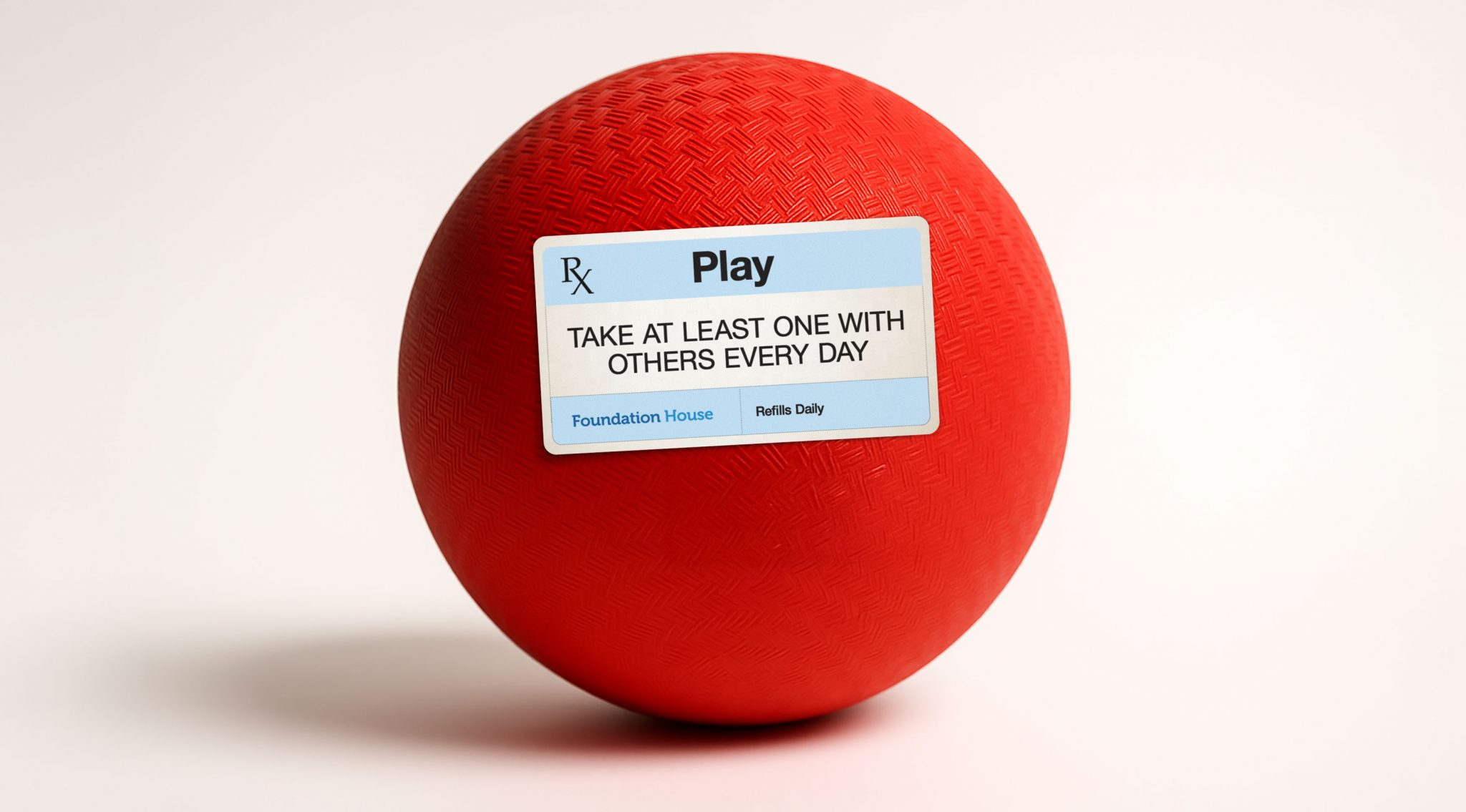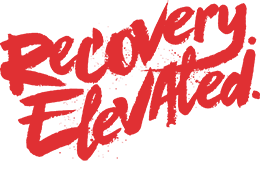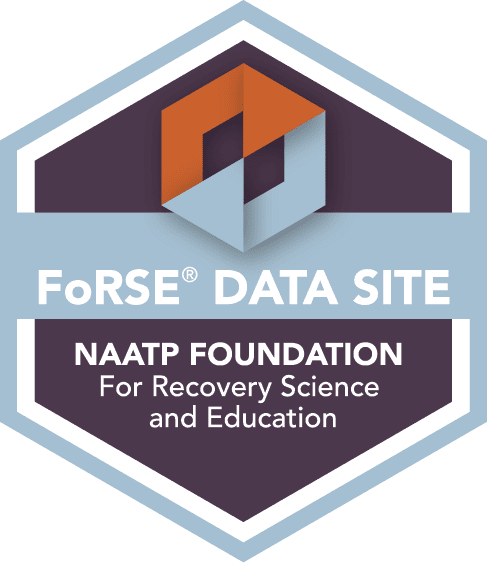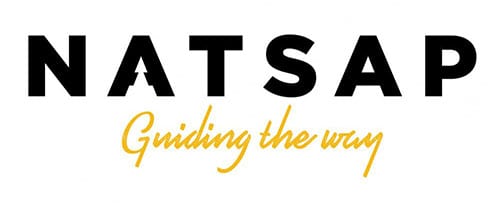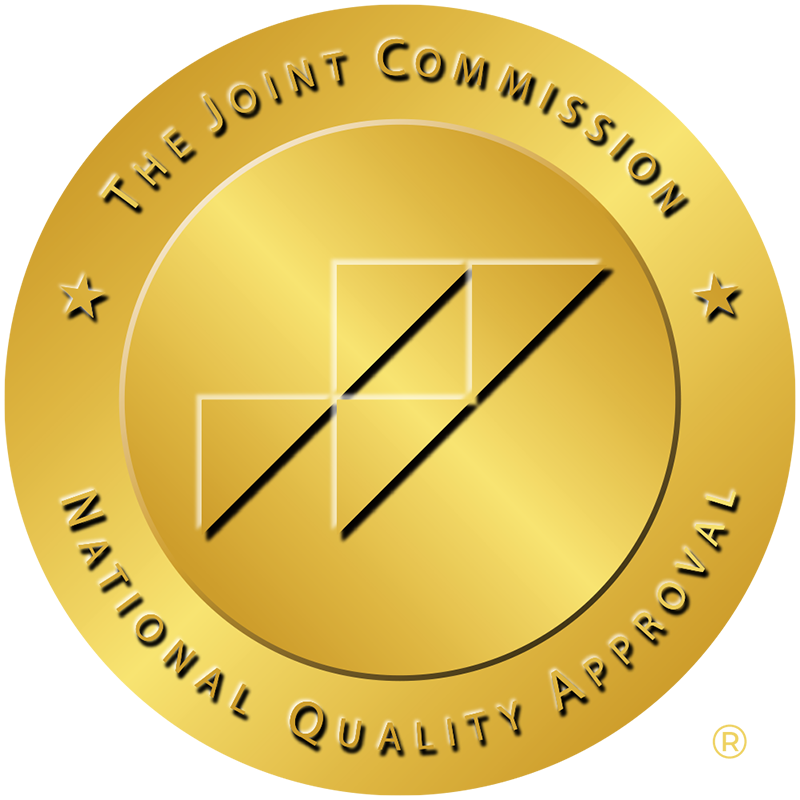Play Rx: How Play Boosts Addiction Treatment Outcomes
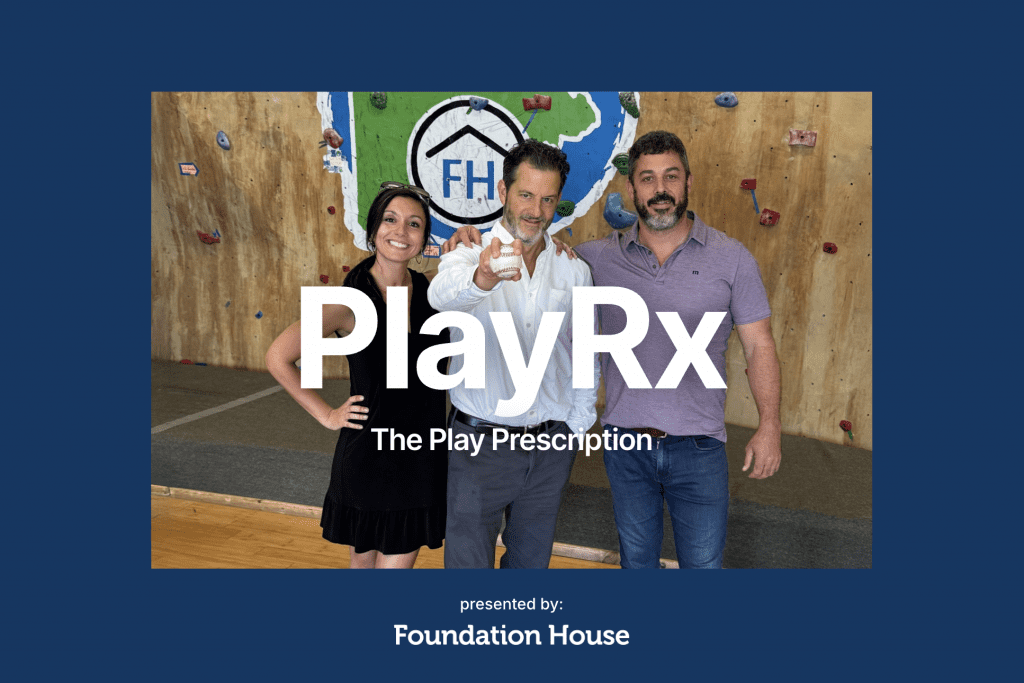
When we stepped on stage last month at the Cape Cod Symposium on Addictive Disorders to give our talk “Play Rx—The Prescription for Play,” our mission was to name something simple, human, and too often overlooked in addiction treatment: when recovery feels rewarding, social, and meaningful in the moment, clients are far more likely to show up, stick with treatment, and carry those skills and that momentum into real life.
At Foundation House, structured play in addiction treatment isn’t a replacement for evidence-based care; it’s a practical way to deliver that care into a day that young men actually want to live. Here, we’ll explain what we mean by “play,” why it matters clinically, how we do it safely, and how families and professionals can apply the same ideas to better serve clients and loved ones.
→ Learn more about our clinical approach
First Things First: What We Mean by “Play”
By “play,” we mean low-barrier, pro-social, opt-in activities that invite laughter, movement, creativity, and teamwork: low-pressure games, collaborative cooking, music or rhythm circles, service “sprints,” and simple challenges with a clear finish and shared pride.
A few guardrails we never cross:
• Play doesn’t replace therapy, skills work, or medications.
• Play isn’t a free-for-all; it’s scheduled, supervised, and aligned with clinical goals.
• Play is trauma-informed, dignified, and inclusive—no humiliation, no “gotchas.”
Think of play as a delivery system: it helps evidence-based treatment be “sticky” so that it can land and last.
Why Play Works in Addiction Treatment (In Plain English)
We’re not romanticizing fun. We’re leveraging well-established mechanisms that move behavior and mood:
• Immediate reinforcement. People repeat what pays now. Play creates pro-social reward in the same timeframe when old habits used to “pay off,” which supports adherence to treatment goals.
• Social bonding and trust. Laughter and moving in sync (warm-ups, chants, music) lower the fear of joining in and increase willingness to be honest and vulnerable in therapy and to try new skills with peers.
• Behavioral activation. Short bursts of movement and achievable wins nudge mood upward—especially relevant for co-occurring anxiety and depression.
• Self-Determination Theory. Environments that support autonomy (real choices), competence (small wins), and relatedness (belonging) convert compliance into commitment.
• Identity through role and repetition. Assigning roles—captain, sous-chef, timekeeper, buddy—turns participation into identity. You don’t talk someone into a new self-story; you rehearse it.
• Immediate reinforcement. People repeat what pays now. Play creates pro-social reward in the same timeframe when old habits used to “pay off,” which supports adherence to treatment goals.
• Social bonding and trust. Laughter and moving in sync (warm-ups, chants, music) lower the fear of joining in and increase willingness to be honest and vulnerable in therapy and to try new skills with peers.
• Behavioral activation. Short bursts of movement and achievable wins nudge mood upward—especially relevant for co-occurring anxiety and depression.
• Self-Determination Theory. Environments that support autonomy (real choices), competence (small wins), and relatedness (belonging) convert compliance into commitment.
• Identity through role and repetition. Assigning roles—captain, sous-chef, timekeeper, buddy—turns participation into identity. You don’t talk someone into a new self-story; you rehearse it.
When reward, relatedness, rhythm, and responsibility line up, therapy, skills, and medications have somewhere to land.

Compete with the “Highlight Reel,” Not Rock Bottom
Relapse rarely chases pain; it chases payoff—the memory of the best night, the crew, the rush, and the fun. If we only warn against consequences, we’re competing with the wrong opponent. We design treatment days that out-reward the reward by building:
• Weekly peaks (memorable, social, fun, repeatable, “highlight reel” moments)
• Roles with responsibility (if the group needs you, you’ll show up)
• Tangible finish lines (you can point to what the team built, cooked, played, or delivered)
Make today compelling, and tomorrow’s therapy session has a greater chance of having the impact it should.
Structured Play in Practice at Foundation House
We serve young men with substance use and co-occurring mental and behavioral health challenges, but these practices can be adapted to any clinical setting or outcome. Here’s how “play” fits alongside our evidence-based care:
• Morning routine (5–7 minutes). Synchrony, simple movements, check-ins, or count-offs to align the group and lower tension.
• Shared activities with rotating roles. Setup, participation, leading, and cleanup—everyone contributes; everyone is seen.
• Work/school blocks + brief skills coaching. Academic/vocational progress paired with targeted skills at the times attention is highest.
• Movement & service. Structured exercise, small-sided sports, or two-hour service “sprints” that end with a visible result.
• Evening peaks (2–3×/week). Both planned and unexpected athletics, outdoor activities, house dinners, creative labs, spontaneous adventures, or service projects that wrap with a group debrief. Moments built for a “Remember when we (blank)? That was so great.” reaction and memory.
Clinical care remains central. Individual therapy, groups, family support, and medication management are integrated into this rhythm so skills are practiced “in the wild,” not just discussed in a clinical setting. In acute crisis (detox, suicidality, medical instability), stabilization comes first; as soon as it’s safe, we introduce rhythm and play to build engagement.
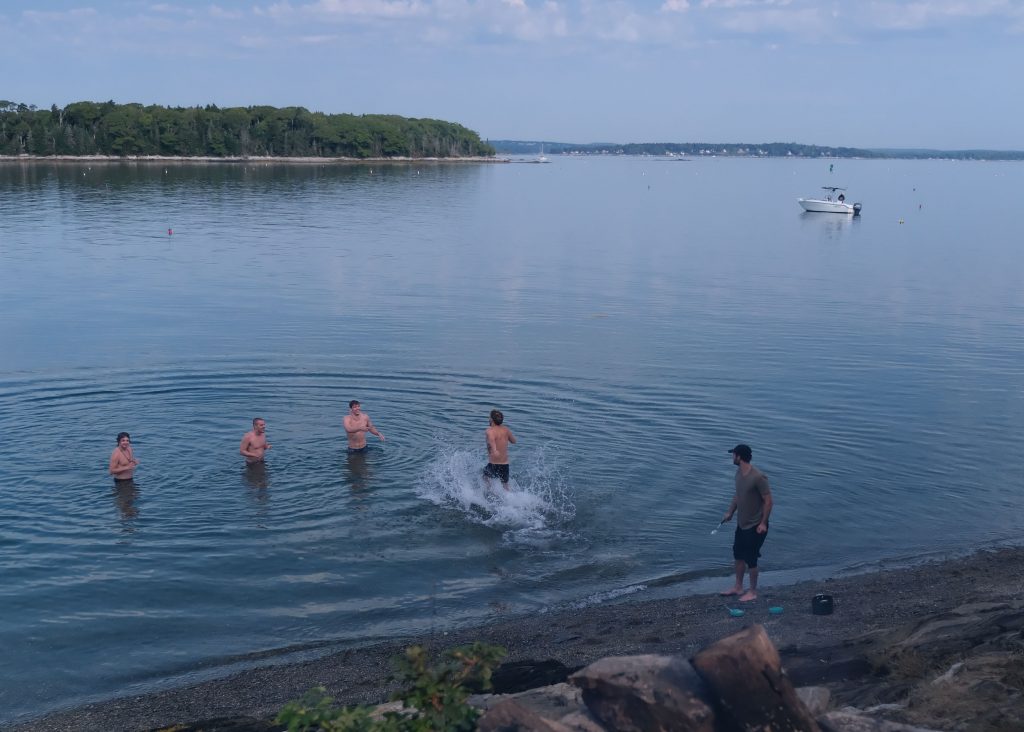
Measuring Safe, Inclusive Play in Recovery Settings
Play is clinical because it’s designed: trauma-informed, opt-in, predictable, and dignified. We keep the skill bar low and the role options wide (players, spotters, timekeepers, DJs, scorekeepers, and hype crew) so status isn’t tied to performance. When conflict flares, we pause, repair, and return. And we stay informed in real time with feedback, noticing who’s engaging, who’s hanging back, and who needs a different on-ramp.
That same spirit carries into measurement. Alongside standard outcomes, we track the precursors that drive them:
• Engagement: retention, attendance, and pro-social hours per week
• Identity signals: brief check-ins on recovery identity over time
• Recovery capital: housing, school/work, and supportive networks
• Clinical outcomes: use patterns, legal/health status, and education/employment progress
• Play pulse: weekly counts of (1) shared laughter moments observed, (2) synchrony activities, and (3) inclusive games/events
If the play pulse drops, motivation usually follows. Our first move is to adjust the environment—roles, rhythm, and formats—before we tinker with the curriculum. That way, safety, inclusion, and ethics aren’t just policies on paper; they’re live signals we watch and respond to every week.
Try This Anywhere: A One-Week Play Pilot
• Plan two peak experiences per week (one cooperative, one friendly-competitive).
Why peaks? They’re vivid, social, and end with a visible finish—exactly the kind of immediate reward the brain remembers and wants to repeat. Peaks also turn participation into identity and give staff a clean debrief hook to name skills used under mild stress. Think: a sunrise surf session, a spontaneous group trip to a sauna, bowling, a live sporting event, or a two-hour service project with a before/after photo. Two well-run peaks a week are enough to keep motivation and attendance rising because they deliver fun and connection right away.
• Add a 5-minute synchrony warmup before one group daily.
Clap/step count-off, call-and-response, beat pass, or walk-and-talk.
• Assign rotating roles so everyone is needed.
Captain, ref, scorekeeper, timekeeper, DJ, photographer, setup/teardown, debrief leader.
• Debrief in two minutes.
What worked? Who helped? Which skill showed up (e.g., distress tolerance, assertive ask)? One takeaway for tomorrow.
• Track a mini play pulse.
Count laughter moments, synchrony activities, and inclusive games. Watch what happens to attendance, mood, and initiative.
If engagement rises, keep going. Tune the delivery so the evidence-based work has somewhere to land.
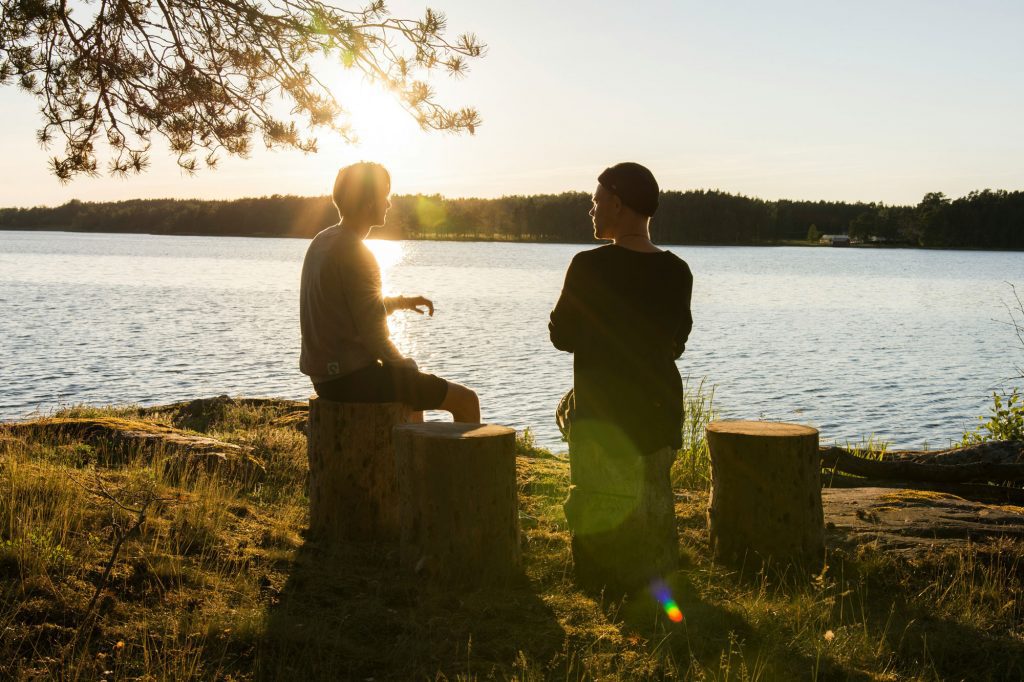
Why This Matters at Foundation House
We designed the Foundation House program so young men live and learn in the same direction they’re trying to go: a trustworthy community, a day with meaningful roles, and clinical care that’s embedded in real life. Incorporating structured play in addiction treatment is a common-sense tool that makes evidence-based treatment stick—especially for young men who need present-tense reasons to keep choosing recovery.
If you’re a clinician, parent, or young man wondering whether treatment can be both effective and fun, we’d love to talk.
→ Contact the Foundation House team
References & Further Reading
1. Mutual-help effectiveness in recovery engagement and outcomes — Cochrane Review
Kelly, J. F., Humphreys, K., & Ferri, M. (2020). Alcoholics Anonymous and other 12-step programs for alcohol use disorder. Cochrane Database of Systematic Reviews, 3, CD012880.
Read the full Cochrane Review
2. Social reward vs. drug reward in addiction treatment — Nature Neuroscience
Venniro, M., Caprioli, D., Zhang, M., et al. (2018). Volitional social interaction prevents drug addiction-like behavior in rat models. Nature Neuroscience, 21(11), 1520–1529.
Read the study on PubMed
3. The biology of play and bonding — Journal of Neuroscience
Manninen, S., Tuominen, L., Dunbar, R. I. M., et al. (2017). Social laughter triggers endogenous opioid release in humans. The Journal of Neuroscience, 37(25), 6125–6131.
Read the article
4. Recovery housing outcomes — American Journal of Public Health
Jason, L. A., Olson, B. D., Ferrari, J. R., & Lo Sasso, A. T. (2006). Communal housing settings enhance substance abuse recovery. American Journal of Public Health, 96(10), 1727–1729.
Read the study
5. Evidence-based addiction treatment approaches (CM, CBT, MI) — National Institute on Drug Abuse
National Institute on Drug Abuse. (2020). Drugs, Brains, and Behavior: The Science of Addiction—Treatment & Recovery.
Read the NIDA overview

